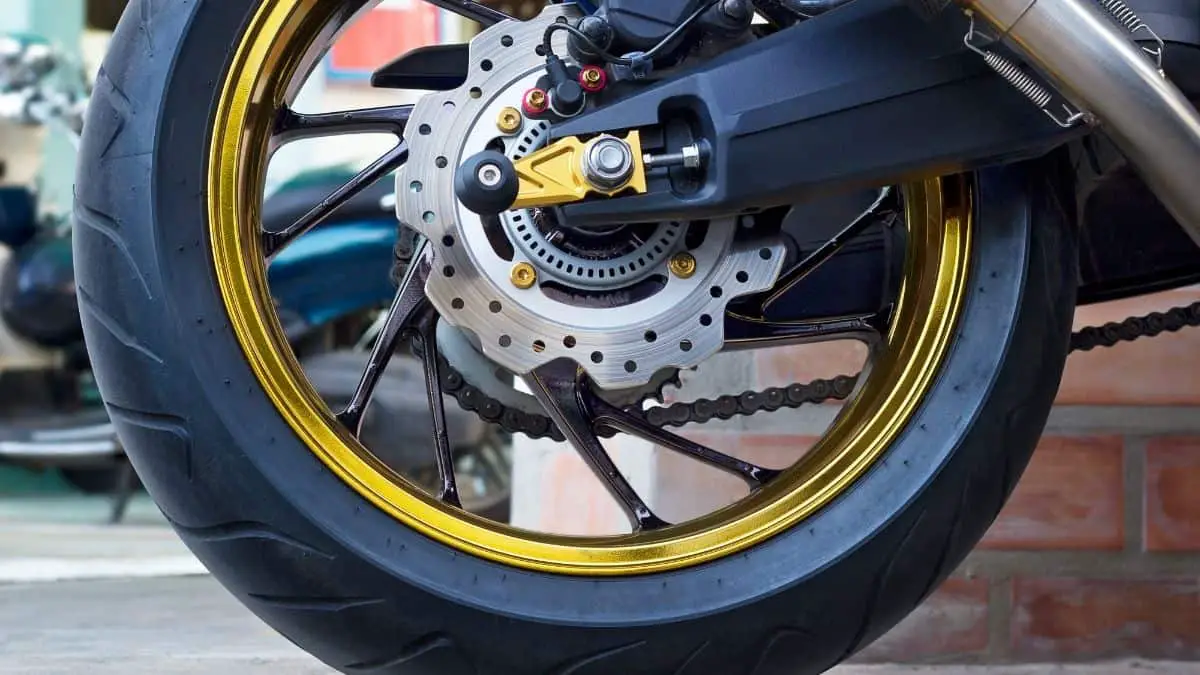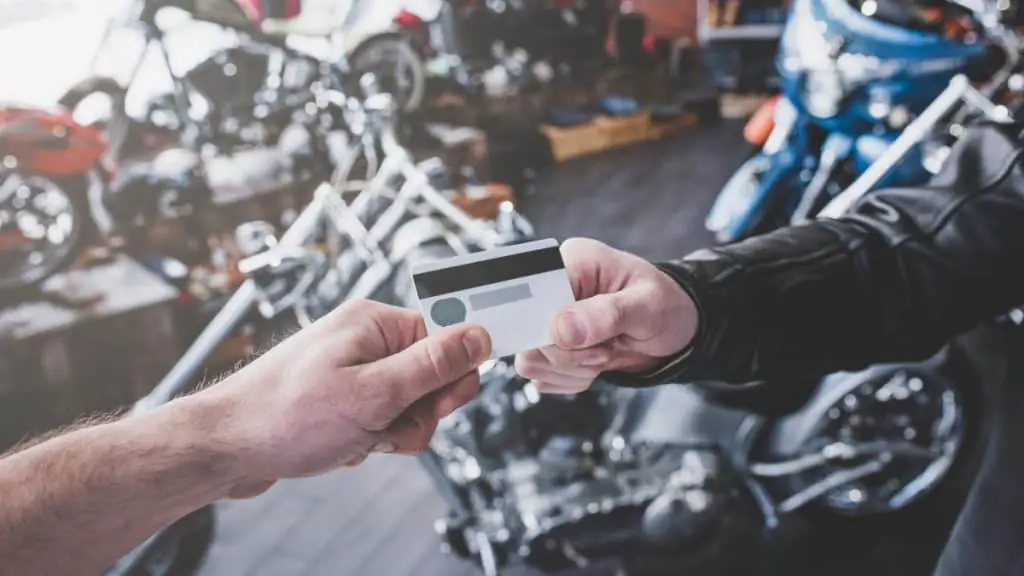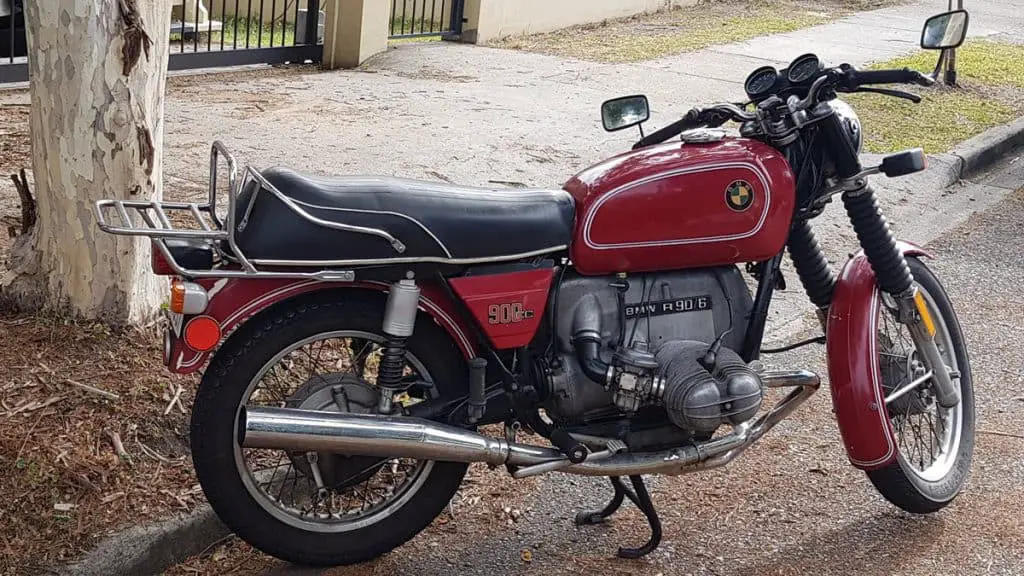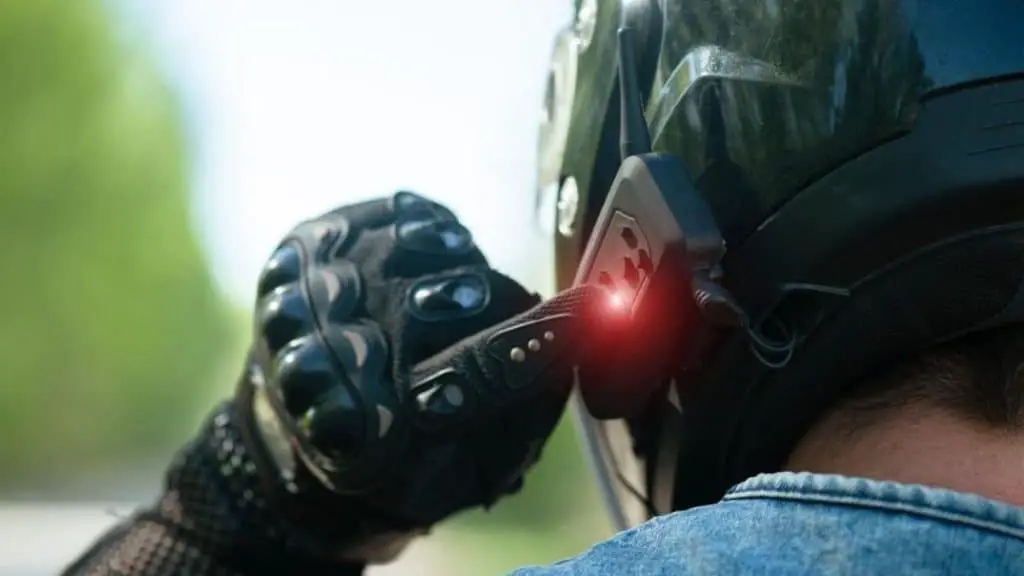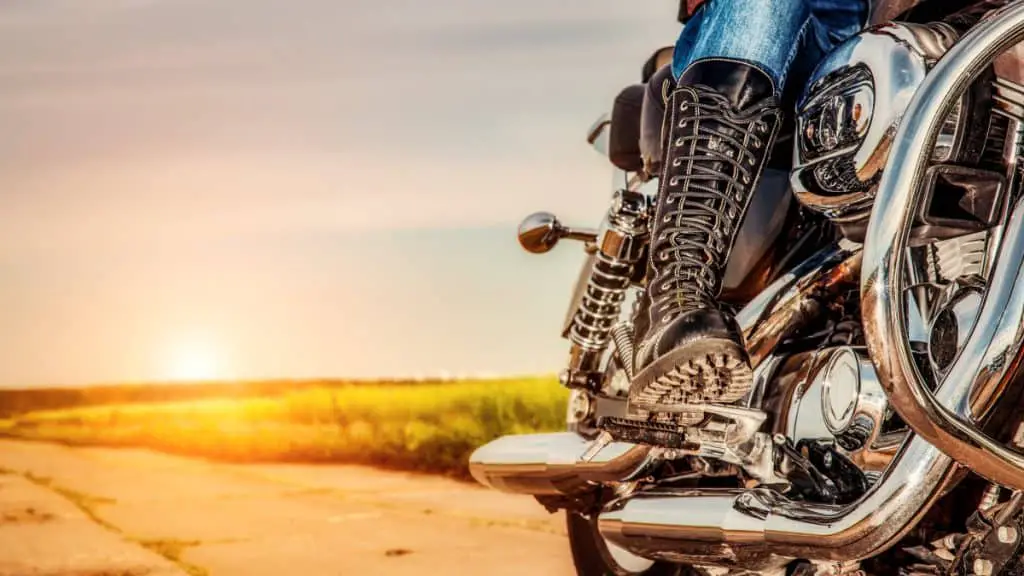ABS vs No ABS on a Motorcycle: A Hoax or a Life-Saving Feature?
“It’s not the rear that I fear losing. It’s the front” – Ryan F9.
If you’re a biker, there is a high chance you’ve locked your rear or front wheel due to panic braking.
And locked wheels mean one of two things.
Dropping your bike with a surge of embarrassment.
Or even worse, sending yourself to a nearby hospital with a couple of fractures or a flat heart rate.
Well, not anymore.
With an ABS (Anti-Llock Brake System), the death rate of motorcycle accidents is reduced by a whopping 46%!
But what is this “new, life-saving tech” that prevented so many riders from being buried three feet under?
What Is ABS on a Motorcycle (& Do You Need One)

Imagine your motorcycle becoming smarter and being able to tell how much its wheels are turning. Now, with those “big brains” under your seat, it can precisely know when you’re panic braking and locking those wheels.
But how does it know that?
The thing is, ABS uses fancy sensor technology that detects how fast your wheels are turning. When you panic brake, the front wheel takes a big blow of braking force and becomes enormously slower than the rear. During braking, ABS measures the amount of braking force.
The ABS is like: ” Okay, the front wheel is slower than the rear wheel. Something’s going on!”
When that amount breaks a defined limit, your ABS is thinking: “Whoa, this noob is panic breaking and locking the wheels. He’s about to crash and burn! I’d better do something!”
So in a fraction of a second, ABS releases the locked wheel and starts to control the brake pressure. While controlling the pressure, your tire starts to gain traction.
A tire with gained, stable traction means a safe stop. Safe stop means your comfy butt is still alive your head is still on your shoulders.
However, if you’re one of those cool guys that want to know how their motorcycle thinks, check out the video below on how ABS works in a more mechanical language. (Do NOT mess with the ABS unit unless you want to dig, you’ll be digging yourself a grave!)
Now you have a general idea of what ABS on a motorcycle is. But what if I tell you there are two kinds of ABS tech for motorcycles?
Wait, what?
I know, I was #mindblown too!
Here’s how it works. You have a regular, boring ABS circuit that measures the rotating wheel and stops you from certain death, bla-bla-bla, all so monochromatic!
What if there’s a different kind of ABS for motorcycles?
An ABS on steroids!
It’s tracking your motorcycle’s inertial leaning measurements with all the throttle requests in Nm. It’s called cornering ABS or IMU. Some even call it lean-angle sensitive ABS.
But essentially, it’s as if someone has put the practicality of physics into your motorcycle, so your ride could become a LOT safer.
(My mom always told me my physics degree is as good as toilet paper. But if it weren’t for those clever physicists, I wouldn’t be writing this article.)
First introduced by KTM and patented by Bosch, Cornering ABS is getting become more and more popular.
In a couple of years from now, low-siding your motorcycle will be a legend, a myth, and a thing of the past!
So, is your motorcycle better with ABS than without?
Well, unless you’re going YOLO and asking Jesus to grab the handlebars, you’re better with ABS!
“But, I don’t need one! I have enough experience to brake better than that costly motorcycle feature!” -This is what any hardcore rider might say, thinking he’s better than Rossi. And chances are…
He’s RIGHT!
Is ABS on a Motorbike Keeping You Safe?
On a perfect sunny day, arm yourself with absolute awareness of the situation, quality tires on your wheels and a road dry as gun powder, and you’ll be able to beat the ABS.
But what are the chances of that happening?
Going back to reality. You’ll be driving on slippery, wet roads, hitting that rider-killing gravel from time to time. All of which are tricky surfaces.
ABS thrives on those and is consistent without skipping a beat, while rider, well, isn’t so much.
But here’s where ABS really shines.
Have you ever found yourself driving while it’s raining or on a wet road, and suddenly a dum-dum car pops into your lane?
Or gone into a corner with target fixation, hit the dirt at the side-road, and had that feeling “I’m not gonna make it”?
Having ABS can prevent that stomach-turning-life-flashing-feeling and make your motorcycle stop on time.
But don’t take my word for it.
Here is what it looks like having ABS on a motorcycle vs having none.
Tests aside, that’s a sure high-side with a fractured elbow or even a brain concussion.
Yikes!
So, it’s always better to have ABS on your motorcycle. It’s similar to having an airbag in your car. It’s there, it will save your life when the push comes to shove, but you won’t ever notice it in regular driving.
What’s the Downside of ABS?
ABS has so many additional components hooked up to it that increase its price tag.
Buying a low-budget motorcycle within a couple of grands and adding ABS can dry out your wallet completely!
Buying a high-budget motorcycle within dozens of grands and adding ABS is like asking for more pumpkin spice in your expensive latte. It’s a microscopic dent in your wallet.
A quality ABS can cost between a thousand and two thousand dollars, which isn’t easy to cash out.
ABS also adds complexity to the braking system, making it more exhausting to fix and tinker with.
That complexity increases with a dual-channel ABS two times! Dual-channel ABS also controls the rear wheel, which means more fluid pipes and electronics.
ABS breaks like any other system, but it’s super rare. When ABS goes faulty, and if you have a dual-channel ABS, the cost of fixing is…
Well.
Let’s just say you would need to max out your credit card to cover that ABS repair.
Do You Need ABS on Dual-Sport Motorcycles?
Dual-sport and adventure motorcycle riders love to lock the rear wheel and let the tire skid into a corner.
When riding on dirt, different rules of traction are applied. Once your rear tire is locked it pickups up dirt. The picked up dirt hits other dirt on the road and allows your motorcycle to skid through a corner.
When you have ABS on your dual-sport or ADV, that skidding maneuver can be an unpleasant experience. ABS will sense your wheel is locked and will adjust the brake pressure. Which affects how your bike behaves.
The best solution to this “problem” is getting ABS that could be turned OFF when you’re riding on dirt.
But that ABS on/off feature always comes at a more extravagant price!
That’s why most dual-sport bikes don’t have ABS installed on them and are better off without it.
Do You Need ABS on a Smaller Street Motorcycle?
Yes, yes, and million times yes.
Riding in the city on a smaller bike is even more life-threatening than riding on an open road! When riding a smaller bike like a scooter, you become less noticeable. This means cars won’t see you and will suddenly seize your lane.
Having ABS on your scooter will save you from launching yourself into the trunk of that car. Or, in a better case scenario, suffering through the embarrassment of dropping your bike.
Plus, scooter tires are smaller in diameter than regular motorcycle tires. And, when those small tires lock, that’s an instant crash with NO time for a maneuver.
If you have a chance of getting your scooter or a smaller motorcycle with ABS, get it with any second-guessing! You’ll thank me later.
Why MotoGP Doesn’t Use ABS?
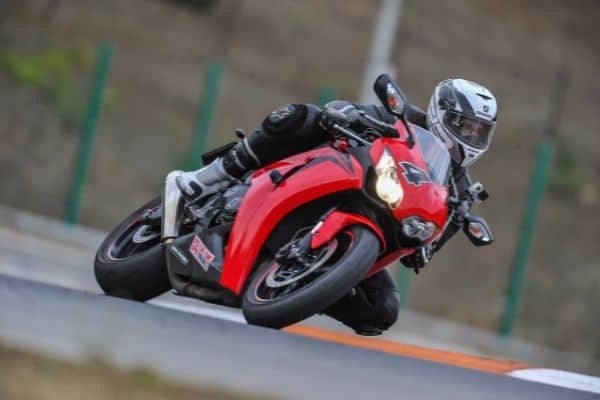
Sounds contradictory, but it’s true.
Racing motorcycles and MotoGP bikes don’t use ABS. Furthermore, MotoGP even FORBIDS the use of ABS on participating bikes. But allows every other rider the assisting tech.
Why?
ABS is a huge liability on the race track. When your racing bike generates up to 210 km/h and requires extreme braking needs, ABS can’t follow up.
Every tech has its limits and ABS’s final frontier is the race track. With brake rotors generating scorching hot (hotter than hell) temperatures, those ABS sensors don’t stand a chance of being close to them.
ABS without its wheel sensors is just a dull tech that’s adding weight to your race bike.
What MotoGP uses instead of ABS is traction control. Another kind of rider assistive tech that’s gained more and more popularity.
Bottom Line
There is a bit of stigma around ABS on a motorcycle. Most of which comes from older riders, saying you should learn how to properly “crash” your bike.
Don’t listen to them!
Sure, ABS costs a grand or two extra, but can you really put a price tag on your life?
I don’t think so!
Always get a bike with ABS and learn how to panic brake with it. Even, if it’s a small pocket bike with an ABS option.
You’ll save a lot of money from not fixing all those broken fairings and avoiding enormous hospital bills.

